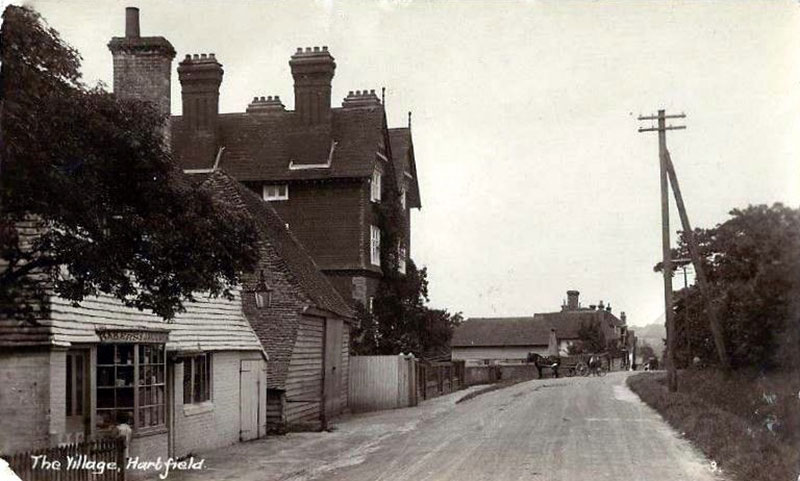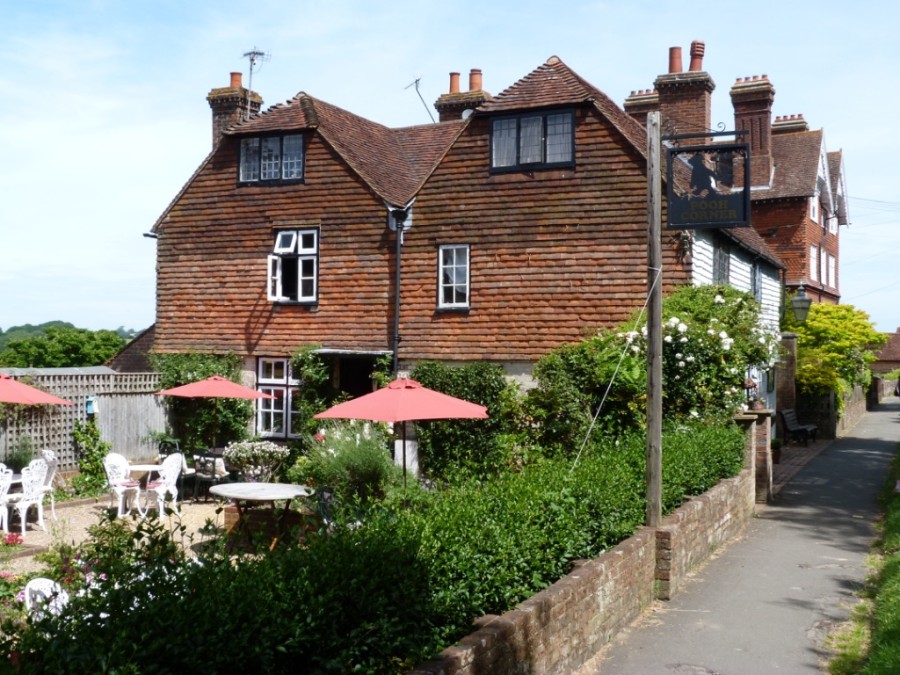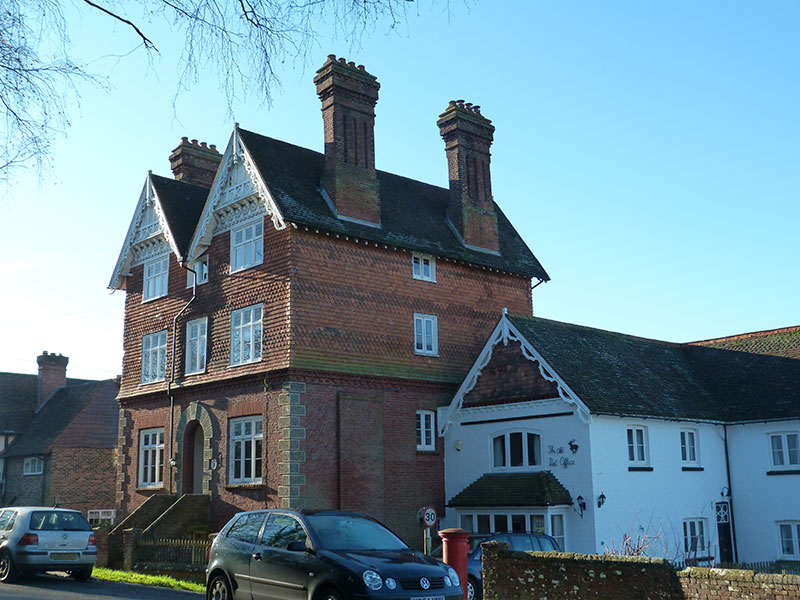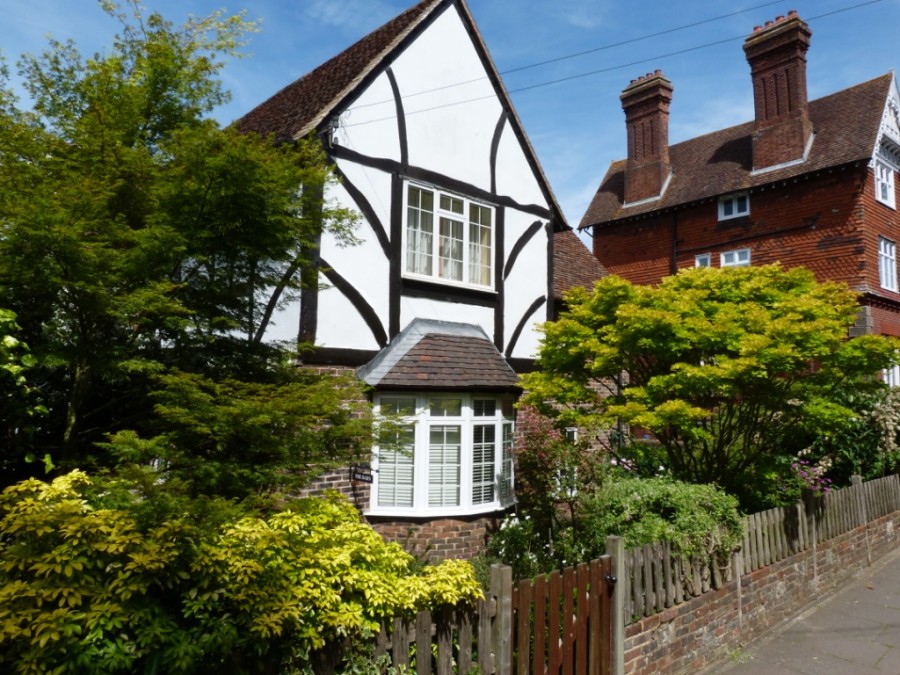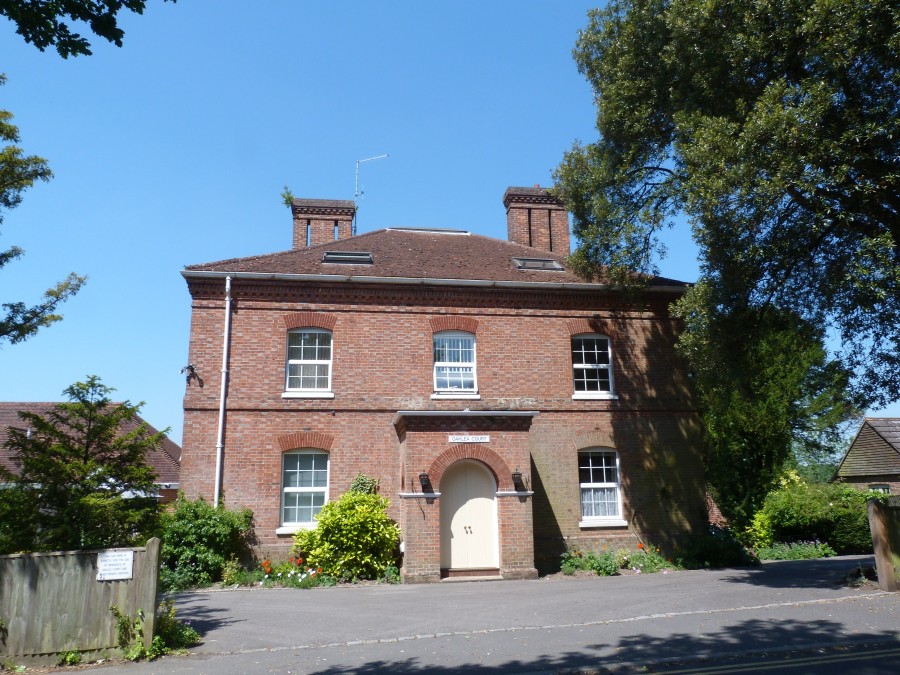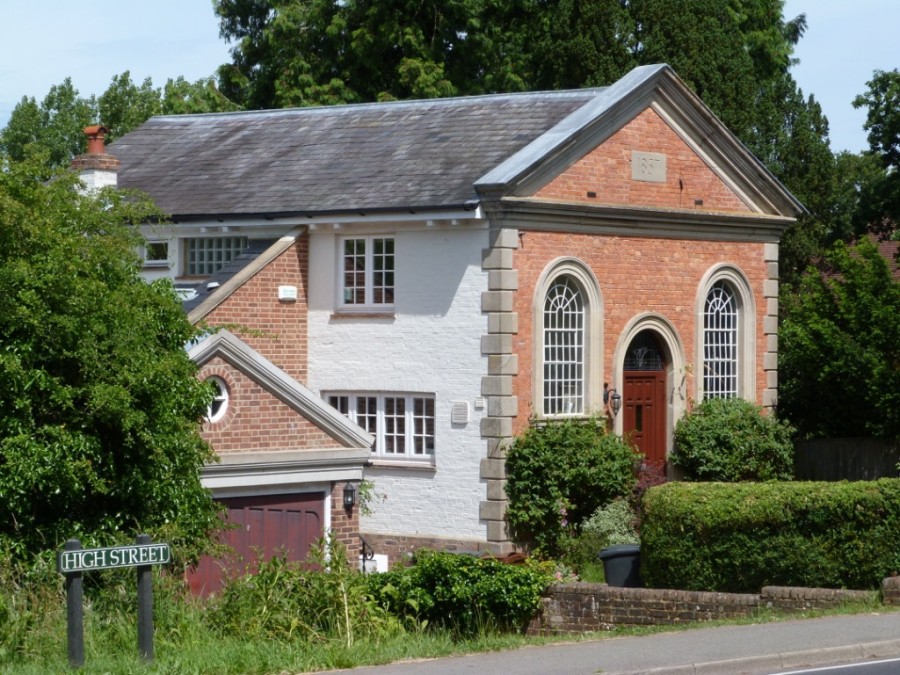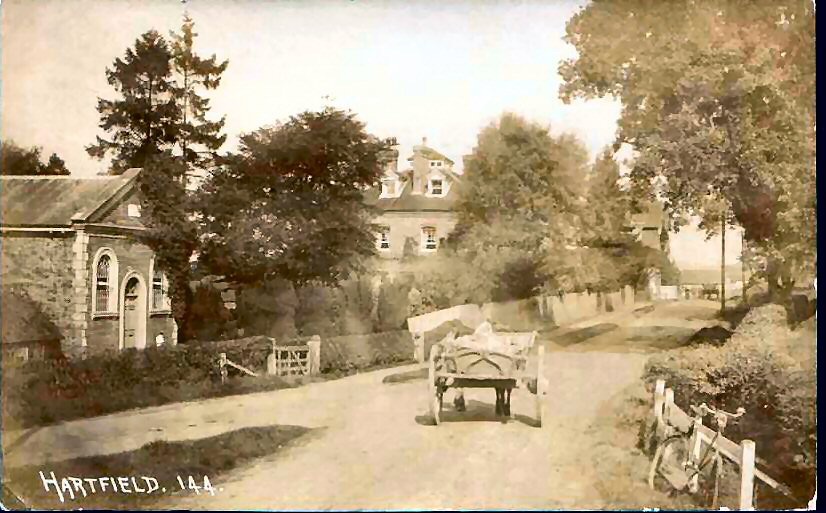Chestnut House to Hartfield Oak (Modern Names)
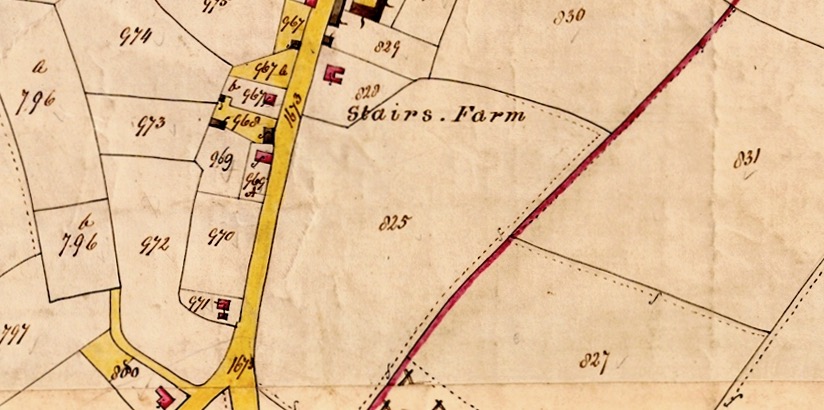
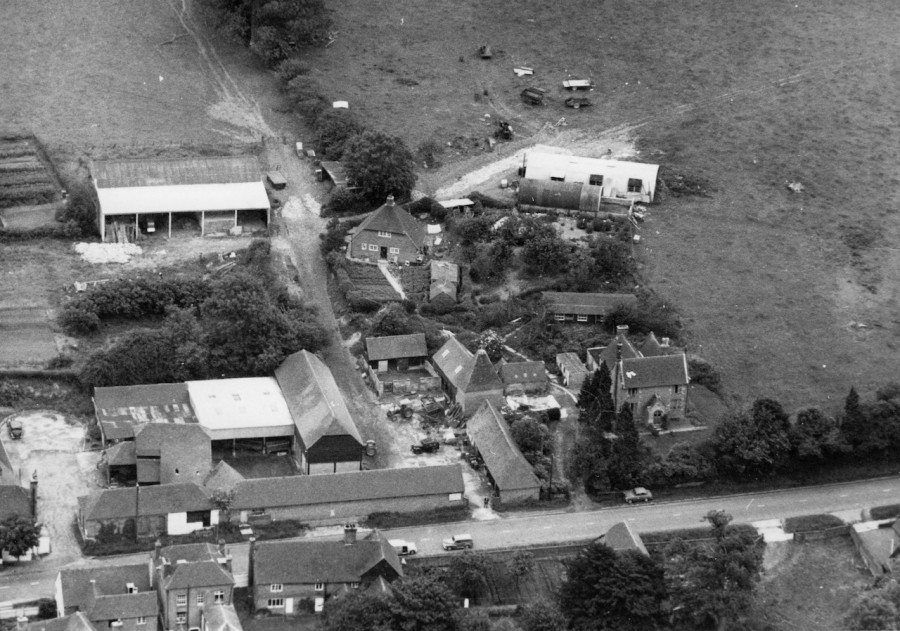
Almost everything related to Stairs Farm has been redeveloped as you will see.

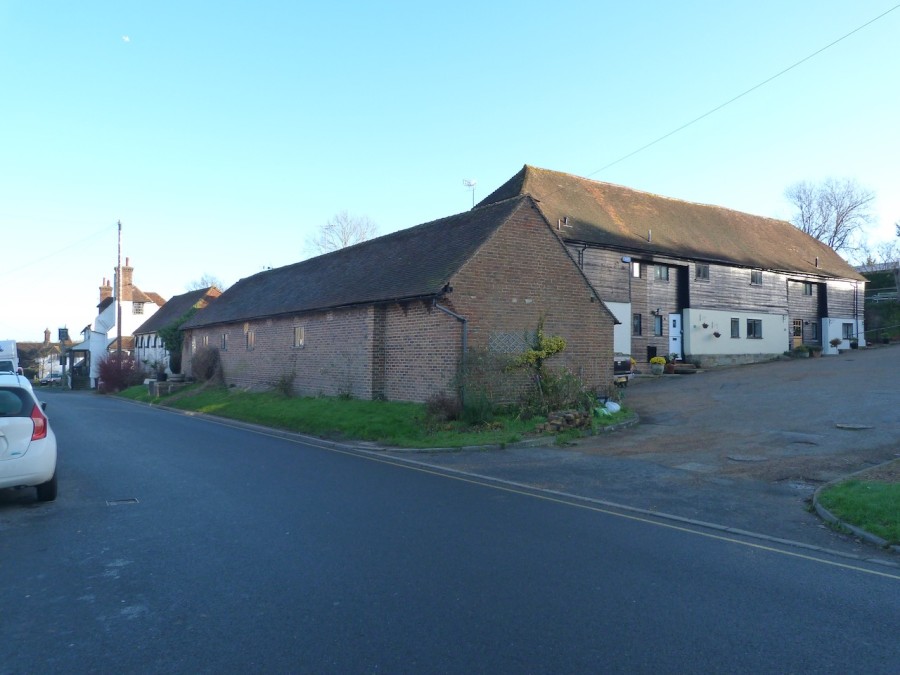
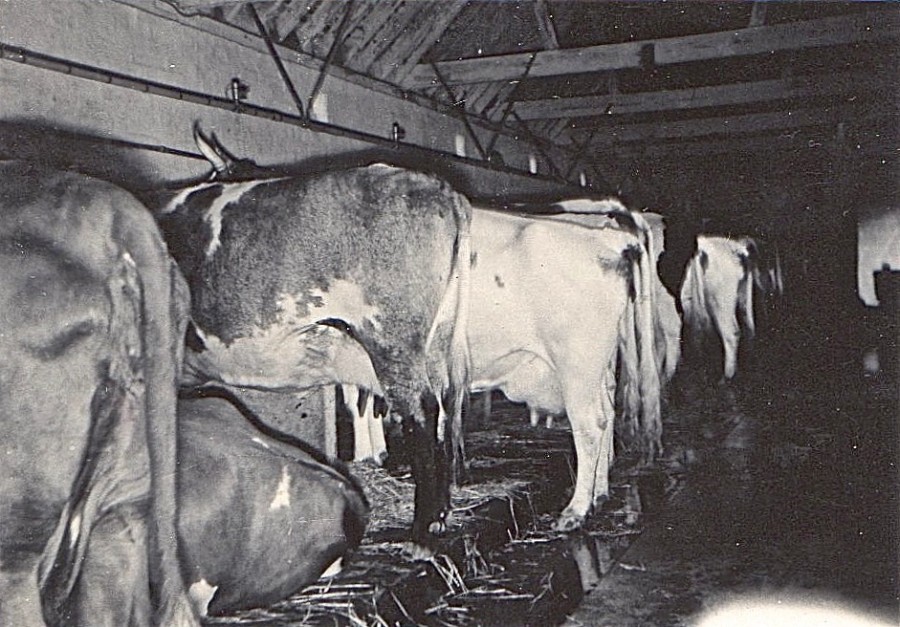
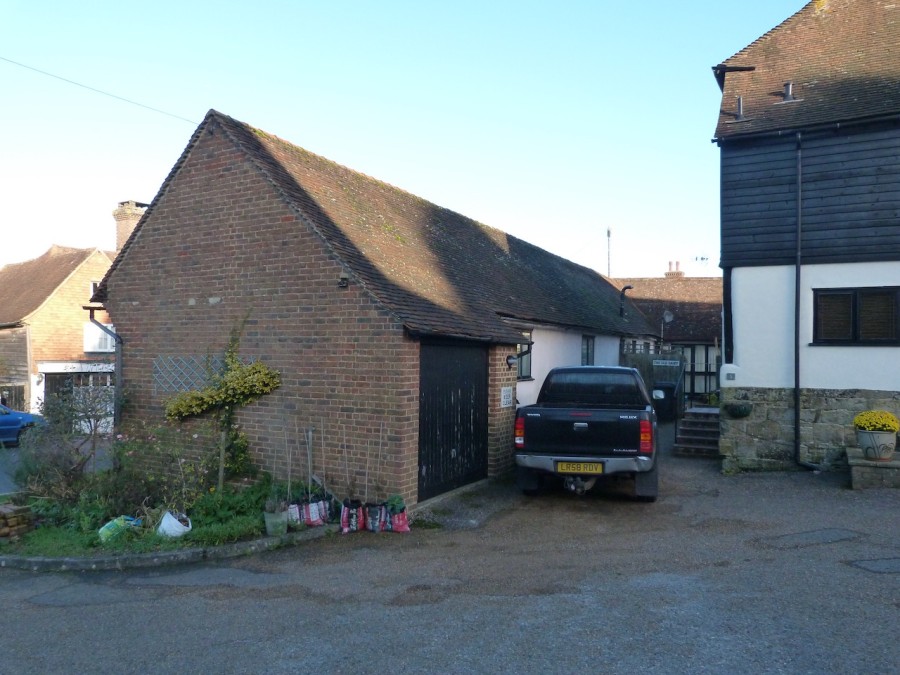




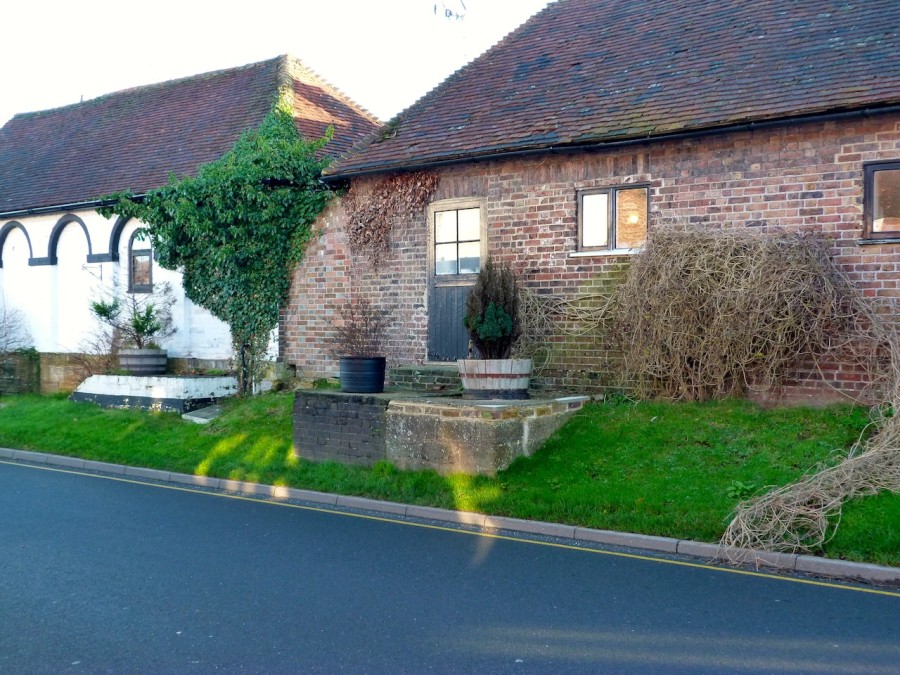
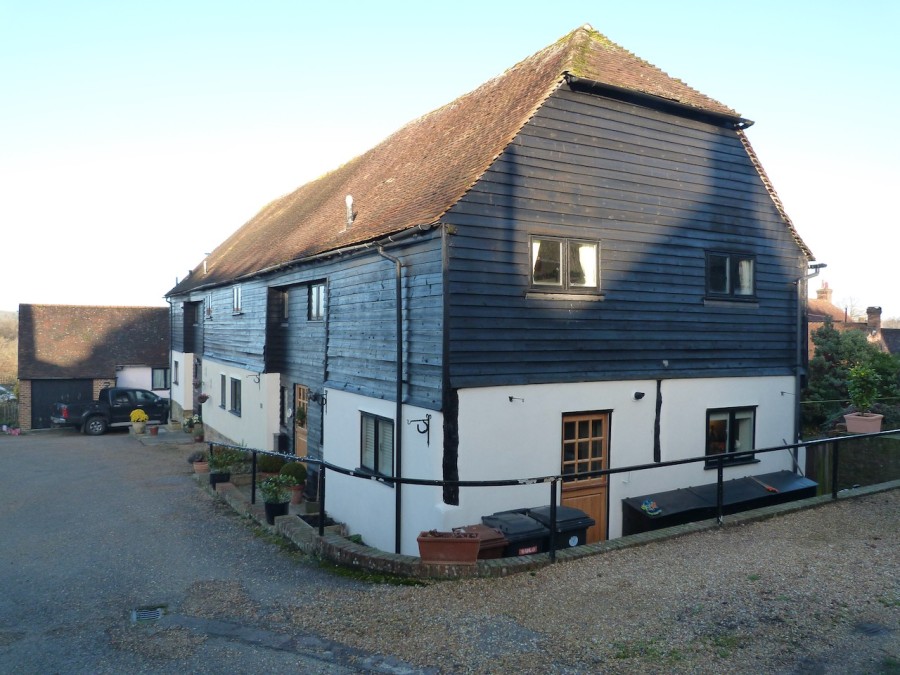
The Lewis family kindly provided many personal photos for this section which illustrate a farming family with their two sons, Trevor and Allan, growing up on the farm.
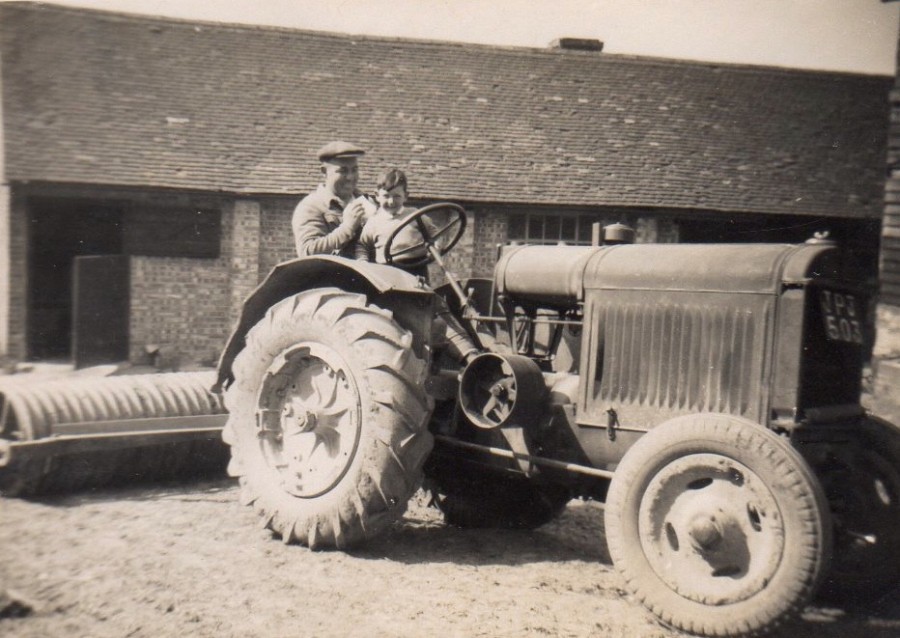
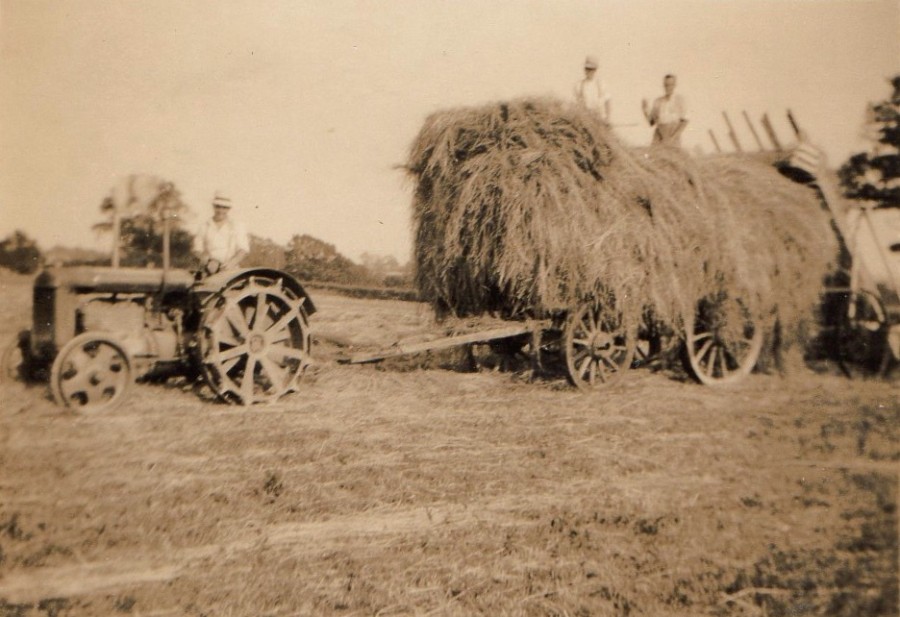
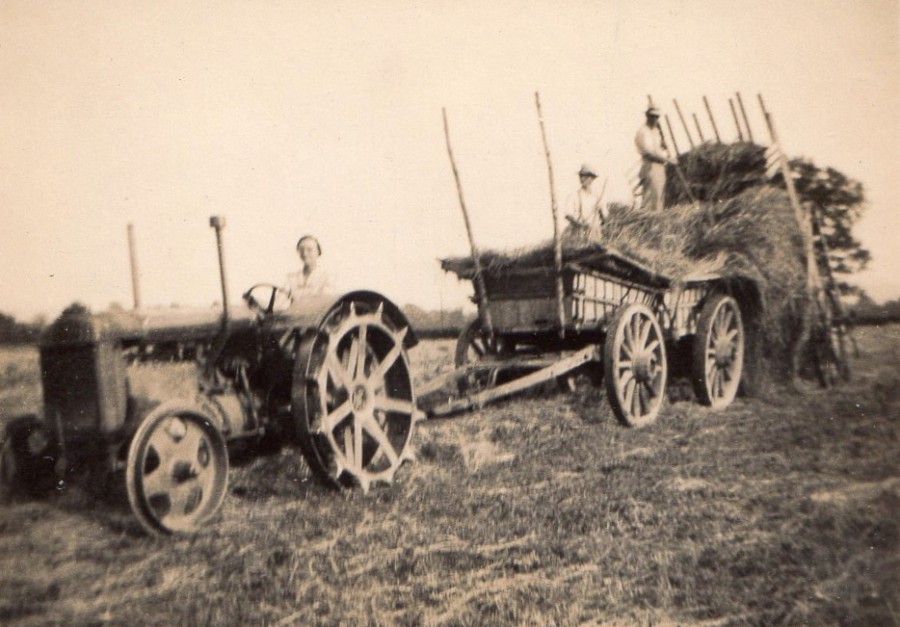



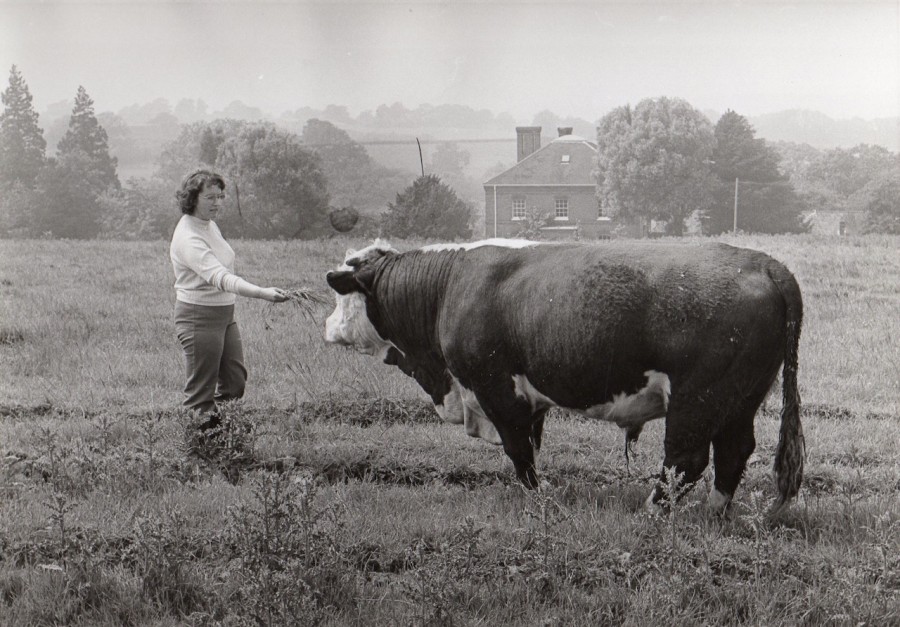
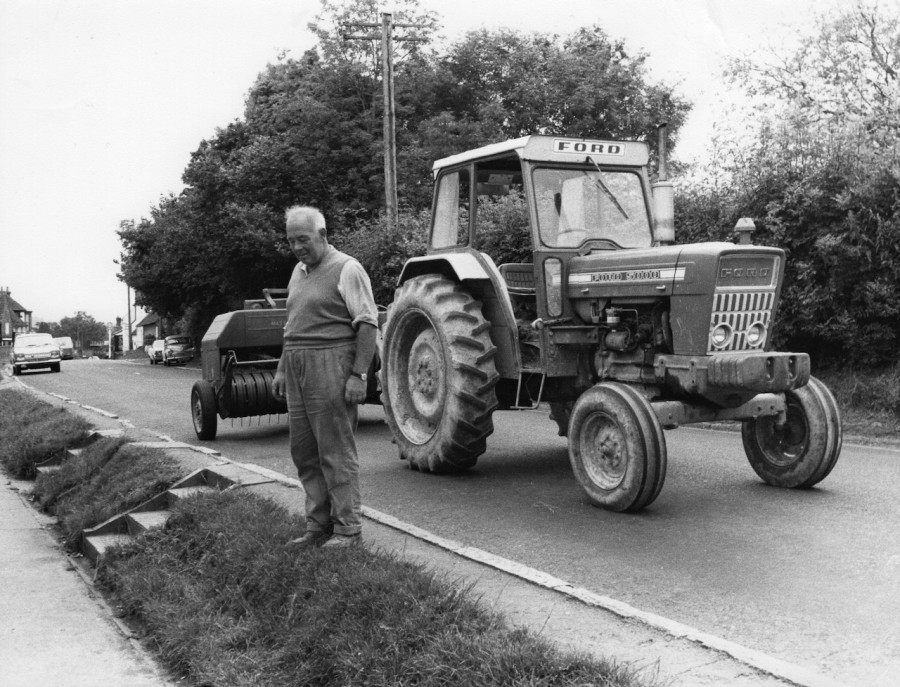
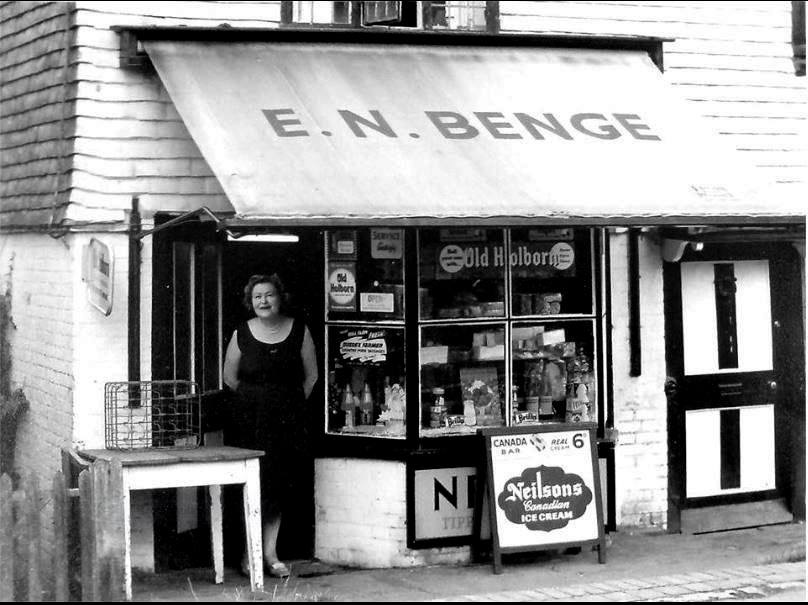
The story goes that Dugald Lewis would stop outside Benge’s for his favourite peppermints. Benge’s is now Pooh Corner with the front door being the one on the right.

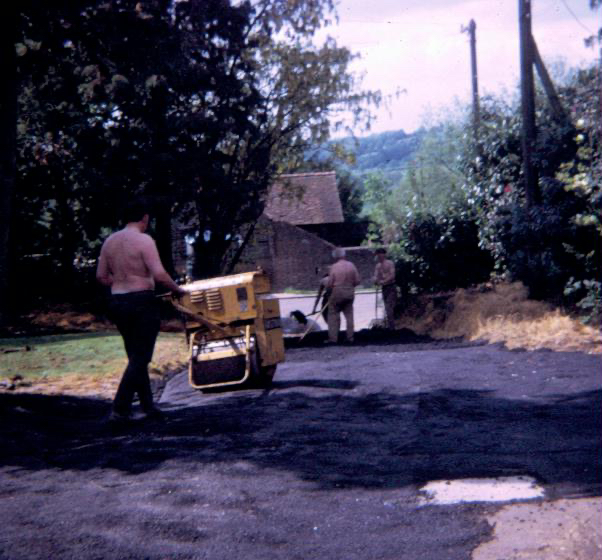
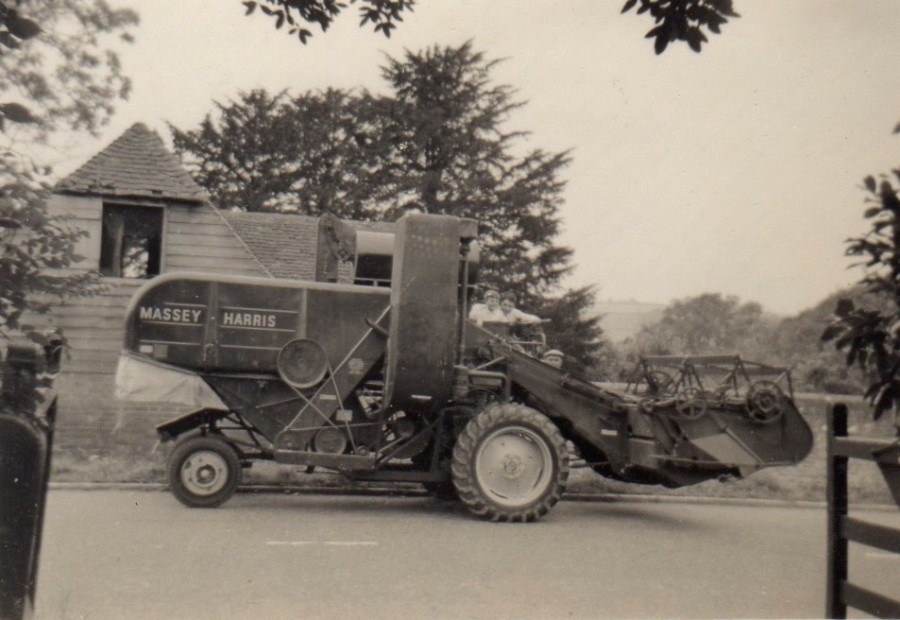

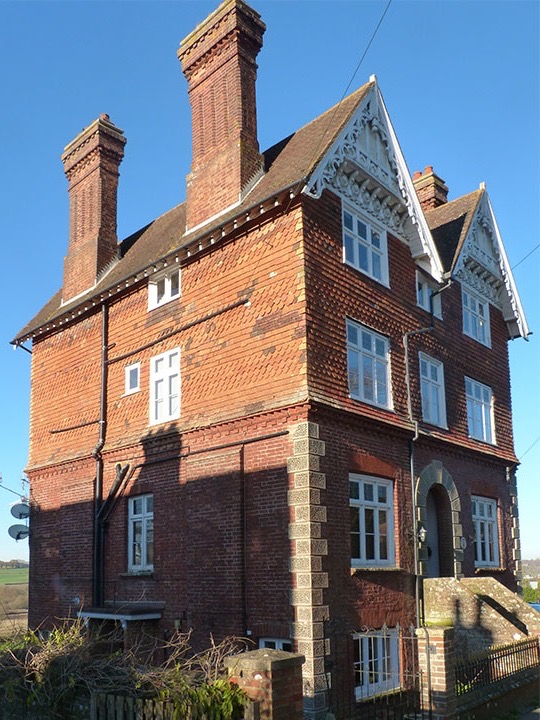
You might well wonder why this very tall building stands alone in the High Street, towering over the Old Post Office as well as every other building and the story is worth repeating from the Village Historical Guide.
In the 1880’s and 1890’s Lord Salisbury was, on and off, the Conservative Prime Minister and was staunchly supported by a certain Mr Bellingham. It seems that Mr Bellingham had been in dispute with the then Earl De La Warr who was a staunch Liberal. It is said that Earl De La Warr boasted that he owned all he could see from his seat at Old Buckhurst in Withyham. Bellingham therefore built a house in the early 1880’s sufficiently tall to be seen from Buckhurst, which he called Salisbury House. To add insult to injury the twin gables of the house were decorated with representations of muzzles of cannon with cannon balls on their way out – and directly pointed at Buckhurst!
